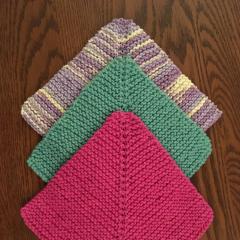-
Welcome to the eG Forums, a service of the eGullet Society for Culinary Arts & Letters. The Society is a 501(c)3 not-for-profit organization dedicated to the advancement of the culinary arts. These advertising-free forums are provided free of charge through donations from Society members. Anyone may read the forums, but to post you must create a free account.
Recipes and tips for breadmaker doughs
-
Similar Content
-
- 545 replies
- 69,824 views
-
- 211 replies
- 48,707 views
-
- 147 replies
- 24,739 views
-
- 793 replies
- 151,668 views
-
Recipe Bloopers 1 2
By heidih,
- 42 replies
- 4,413 views
-
-
Recently Browsing 0 members
- No registered users viewing this page.






Recommended Posts